Chili Powder vs Chili Powder: A Spicy Comparison for the Curious and the Culinary Connoisseur
Table of Contents
Introduction to Chili Powder
Chili powder is a staple in many kitchens, adding depth, heat, and flavor to everything from tacos to stews. But here's the twist: you might be using the same name for two completely different things—chili powder vs chili powder. That’s right! While both are made from dried chilies, they can vary widely in ingredients, heat level, and culinary use. This article will explore the nuances of chili powder, break down the differences between types, and give you practical tips on how to make the most out of this fiery ingredient.
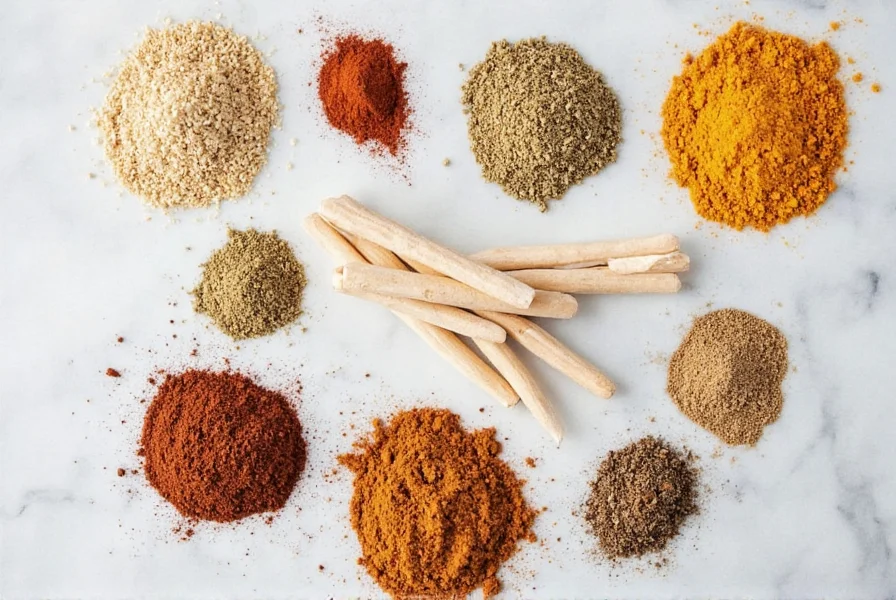
Types of Chili Powder
Before diving into the comparison, it’s important to understand the different types of chili powders available. Not all chili powders are created equal. Here are some common varieties:
- Mexican Chili Powder: Typically made from a blend of ground chilies like ancho, guajillo, and pasilla, with added cumin, garlic, and oregano.
- Indian Chili Powder: Often includes cumin, coriander, turmeric, and other spices, giving it a more complex flavor profile.
- American Chili Powder: Usually a mix of ground chilies, paprika, and sometimes cayenne, used for dishes like chili con carne.
- Single-Origin Chili Powders: Made from one type of chili, such as cayenne or habanero, offering a purer flavor and heat level.
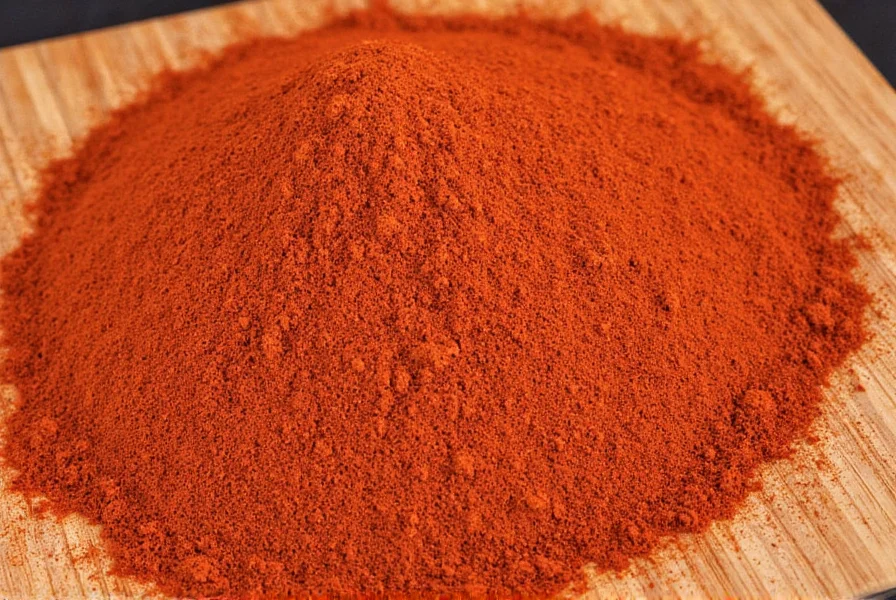
Chili Powder vs Chili Powder: What’s the Difference?
The confusion often arises when people assume that “chili powder” is a single, universal product. In reality, there are several variations, each with its own characteristics. Let’s take a closer look at the key differences:
| Feature | Mexican Chili Powder | American Chili Powder | Single-Origin Chili Powder |
|---|---|---|---|
| Ingredients | Blend of chilies + cumin, garlic, oregano | Chilies + paprika, cayenne | One type of chili (e.g., cayenne, habanero) |
| Heat Level | Moderate to high | High to very high | Varies by chili type |
| Flavor Profile | Earthy, smoky, slightly sweet | Smoky, spicy, tangy | Pure, intense, and distinct |
| Culinary Use | Tacos, enchiladas, soups | Chili, burgers, barbecue | Hot sauces, marinades, spice blends |
This table shows how the same term—“chili powder”—can refer to vastly different products depending on the region, recipe, or brand. So, when you’re looking for a specific chili powder, always check the label to see what’s inside.
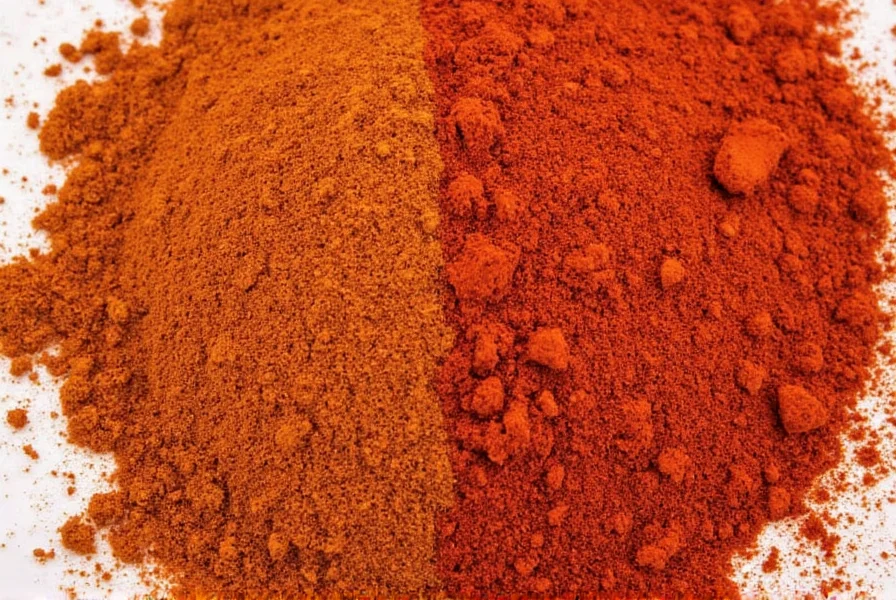
Practical Tips for Using Chili Powder
Now that you understand the differences, here are some practical tips to help you use chili powder effectively in your cooking:
- Start Small: Chili powder can be very potent. Start with a small amount and adjust to taste.
- Use Fresh Ground: Store-bought chili powders may lose potency over time. Consider grinding your own chilies for maximum flavor.
- Pair with Acid: Add a splash of lime juice or vinegar to balance the heat and enhance the flavor.
- Experiment with Blends: Mix different chili powders to create unique flavor profiles.
- Don’t Overdo It: A little goes a long way. Too much chili powder can overwhelm the dish.
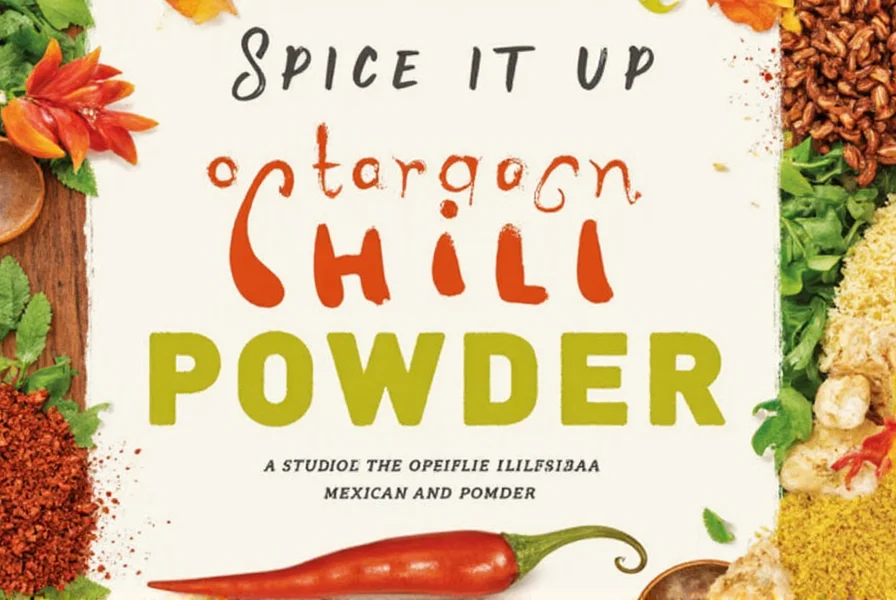
Buying Guide: How to Choose the Right Chili Powder
If you're shopping for chili powder, it's important to know what to look for based on your needs. Below is a detailed buying guide to help you choose the best option:
Top Products and Their Features
- McCormick Mexican Chili Powder
- Features: Blend of ancho, guajillo, and pasilla chilies with cumin, garlic, and oregano.
- Advantages: Versatile for Mexican recipes, great for seasoning meats and soups.
- Use Cases: Tacos, enchiladas, chili, and stews.
- Target Audience: Home cooks who enjoy Mexican cuisine.
- Suitable Occasions: Weeknight dinners, family gatherings, and potlucks.
- Las Palmas Cayenne Pepper
- Features: Single-origin chili powder made from cayenne peppers.
- Advantages: Intense heat and vibrant color, perfect for bold flavors.
- Use Cases: Hot sauces, marinades, and spicy dips.
- Target Audience: Spicy food lovers and chefs looking for authenticity.
- Suitable Occasions: Special occasions, gourmet meals, and creative cooking projects.
- Herbs & Spices American Chili Powder
- Features: Blend of chilies, paprika, and cayenne.
- Advantages: Great for classic American-style chili and barbecue.
- Use Cases: Chili con carne, meatloaf, and grilled meats.
- Target Audience: Fans of hearty, meat-based dishes.
- Suitable Occasions: BBQ parties, game day snacks, and comfort food nights.
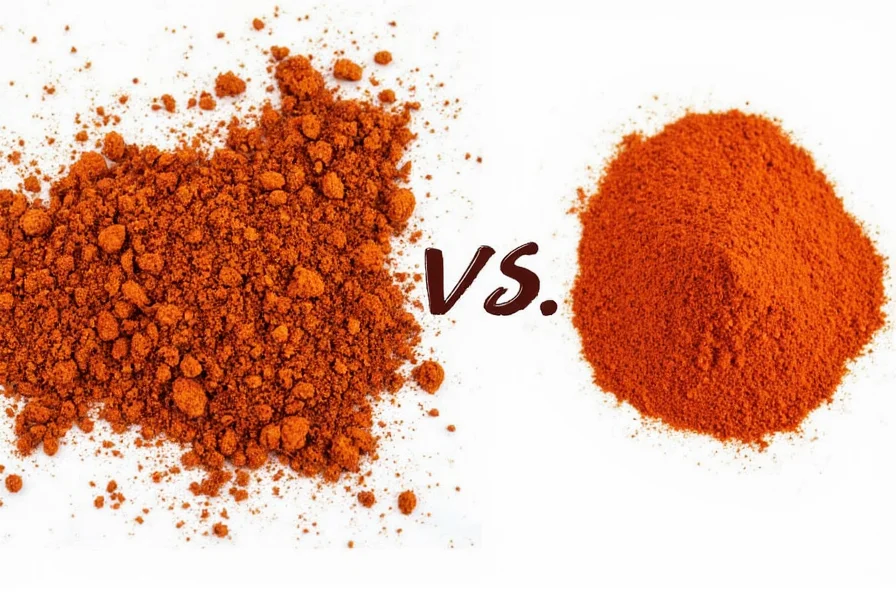
When choosing chili powder, consider your cooking style, the type of dishes you prepare, and the desired heat level. The phrase “chili powder vs chili powder” isn’t just a play on words—it highlights the importance of understanding the variety of options available to you.
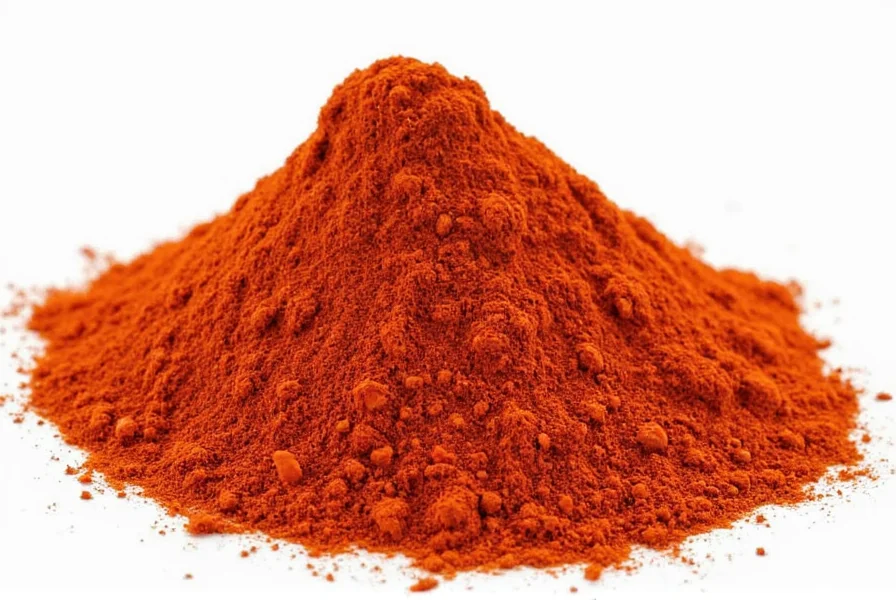
Conclusion
In summary, chili powder is more than just a simple spice—it’s a versatile and complex ingredient that can elevate any dish. Understanding the differences between types of chili powder, such as Mexican, American, and single-origin varieties, allows you to make informed choices in the kitchen. Whether you’re a seasoned chef or a curious home cook, the key is to experiment, taste, and find what works best for your palate.
So next time you reach for that jar of chili powder, remember: not all chili powders are the same. The phrase “chili powder vs chili powder” is more than just a catchy title—it’s a reminder to pay attention to what’s in your spice rack and how it can transform your cooking.
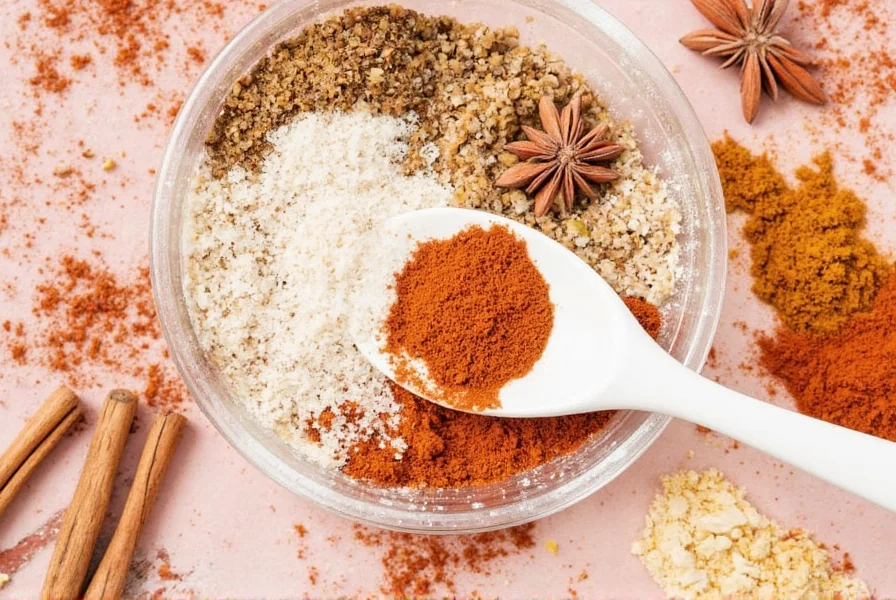
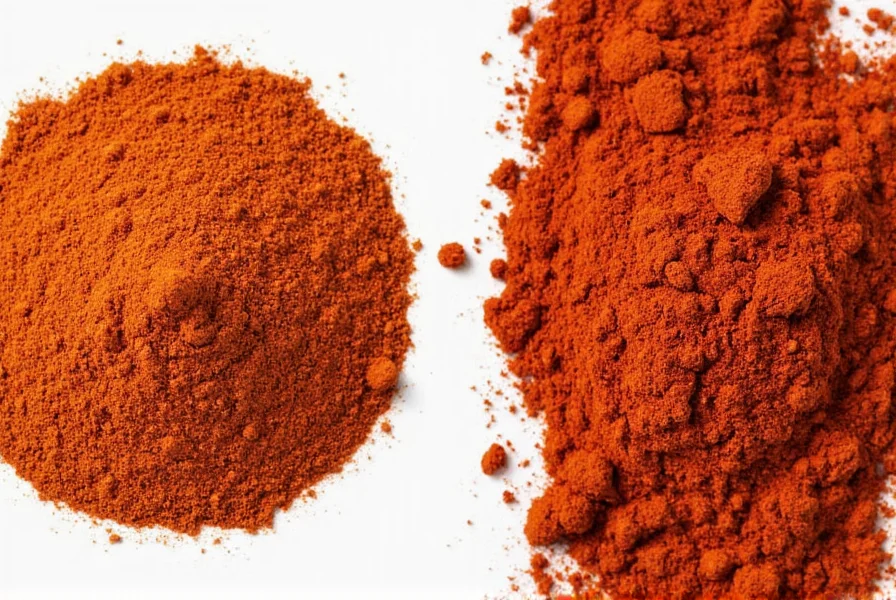
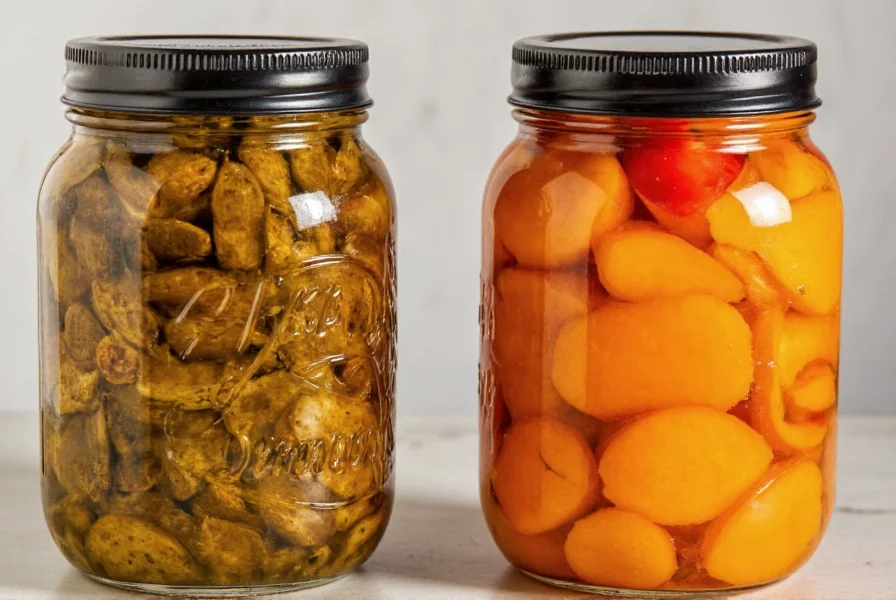










 浙公网安备
33010002000092号
浙公网安备
33010002000092号 浙B2-20120091-4
浙B2-20120091-4